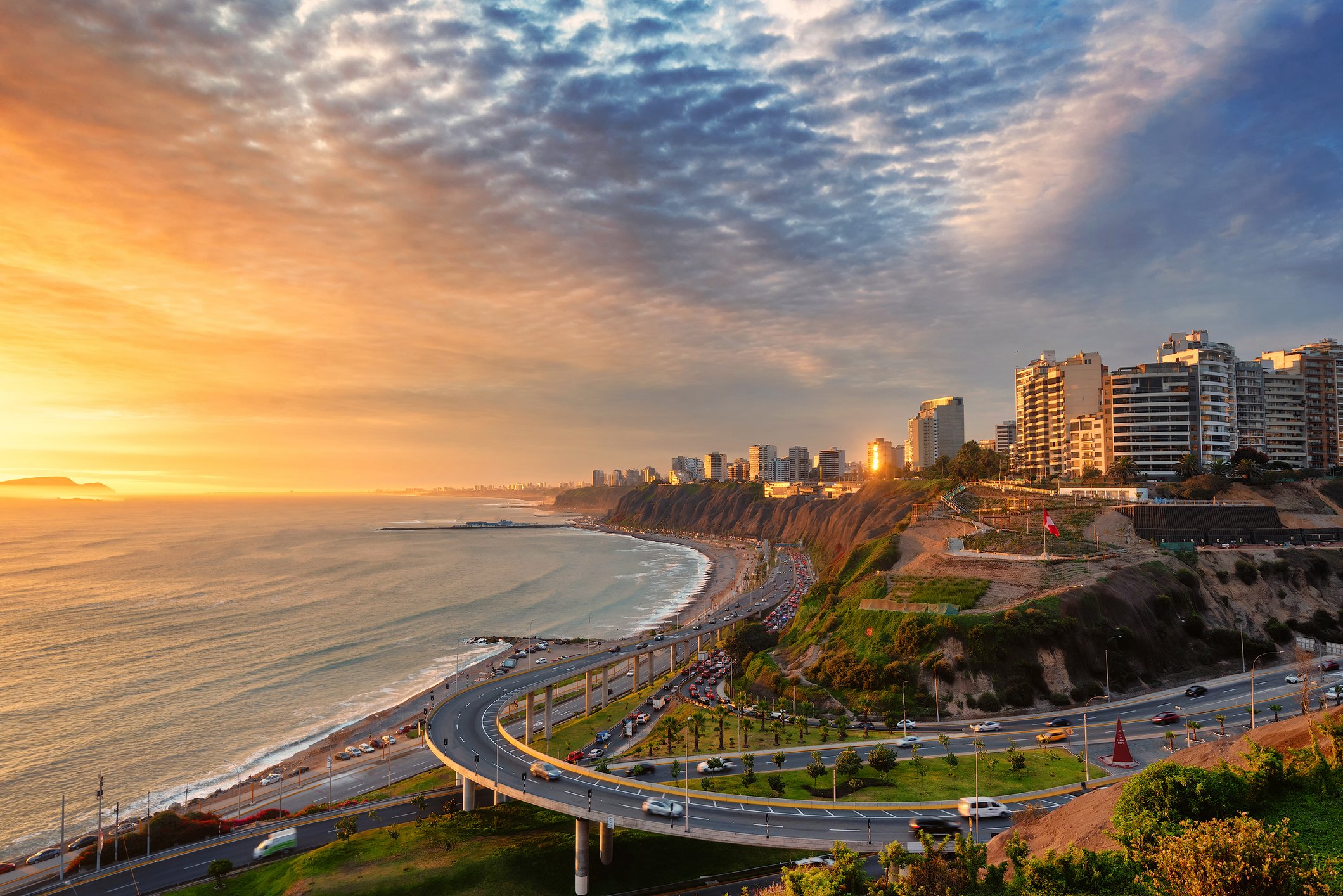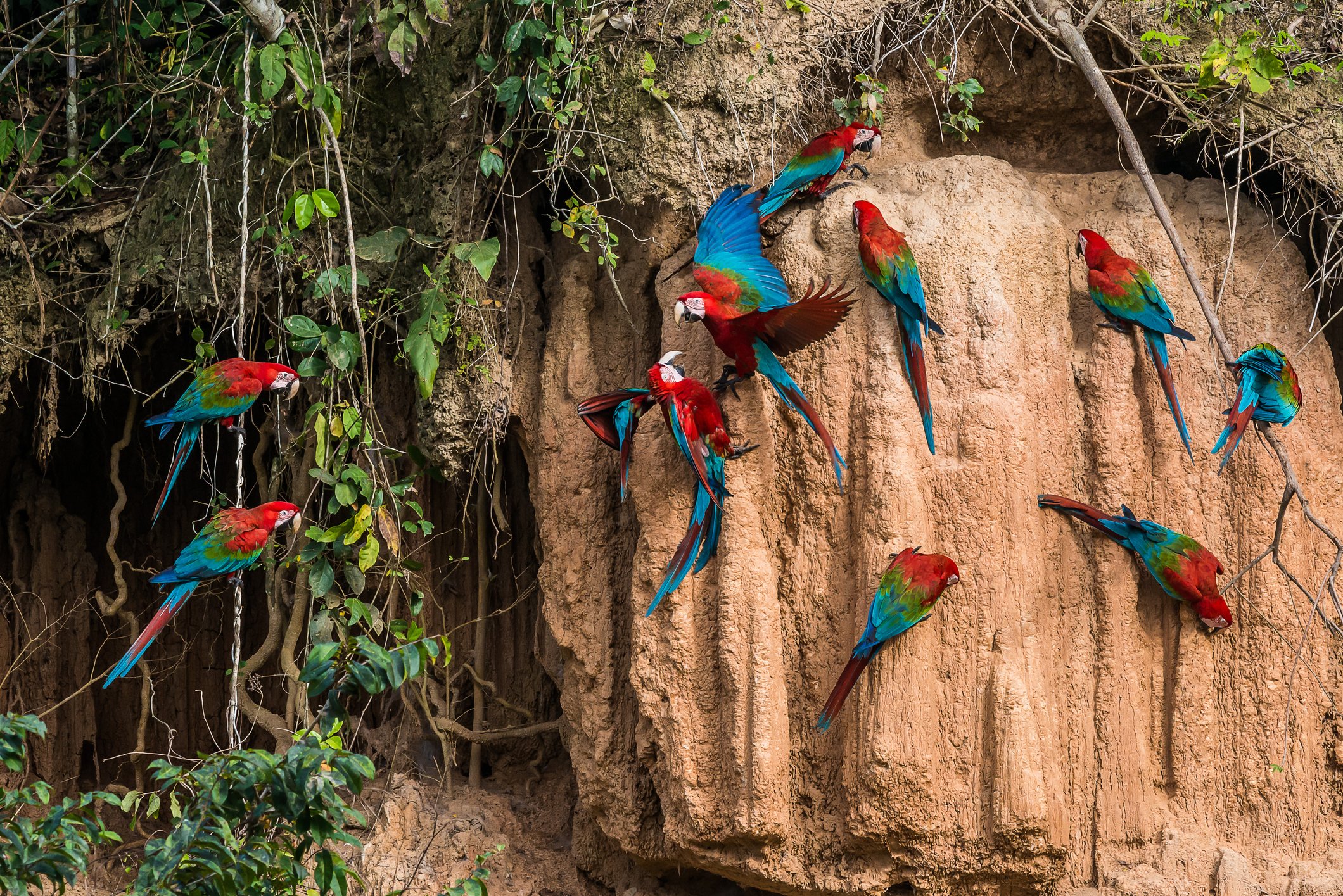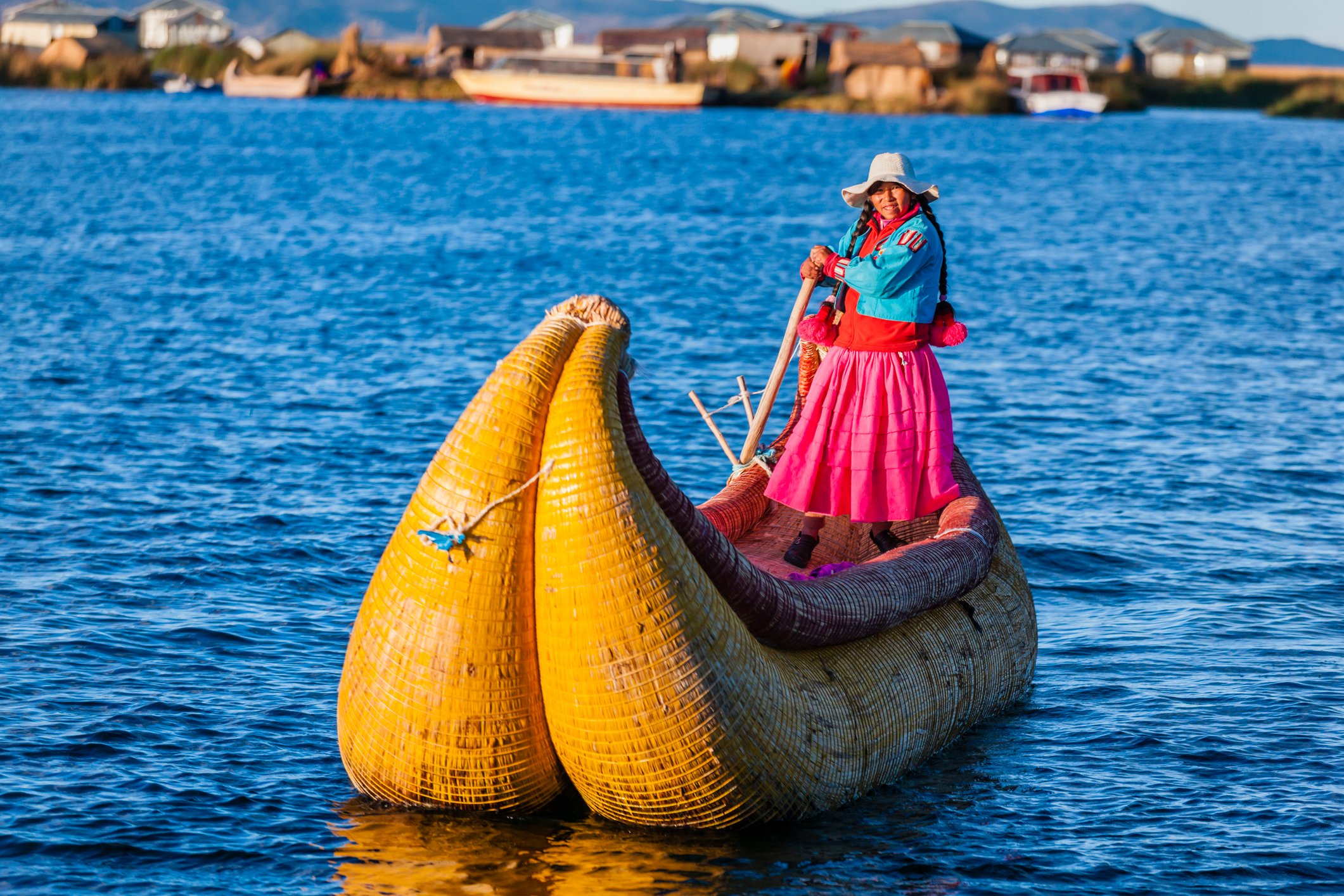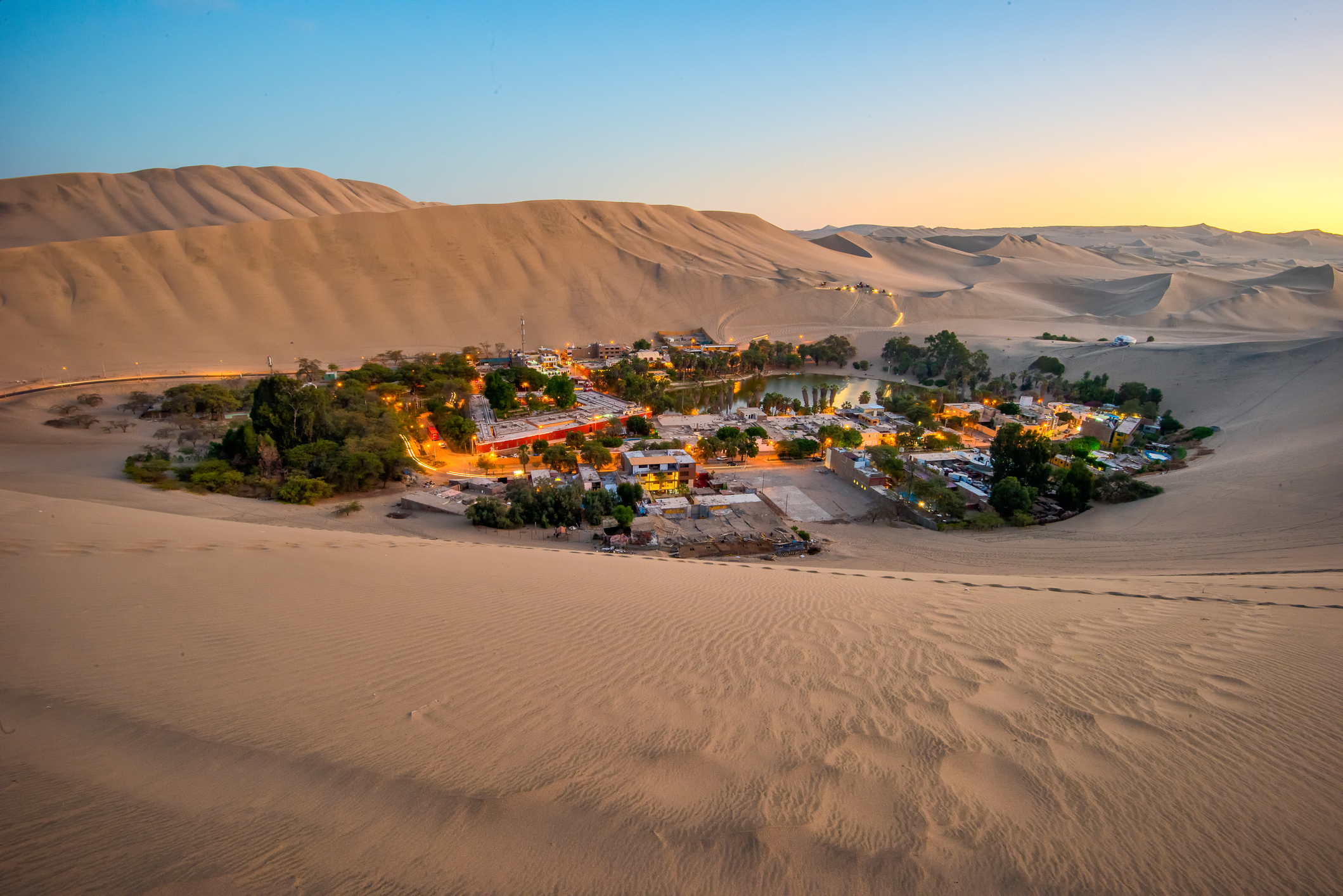Geography has always influenced who we are. Everything from the ground below our feet to the wind rustling through our trees, and the oceans that surround us shape how we live, create culture, and remember our pasts. Yet in our everyday routines, it's easy to forget just how profound and inspiring the world's landscapes really are.
This is what makes globetrotting vital: it reminds us just how diverse and extraordinary the world is by giving us new perspectives and places to explore. Few destinations illustrate this point better than Peru, where an extensive Pacific coastline, the Andes Mountains, an arid desert, and the Amazon rainforest converge to create one of the most megadiverse and inspiring countries in the world.
Machu Picchu and Palccoyo Mountain are two of the most spectacular sites in Peru; however, there are plenty of other incredible destinations within Peru that showcase the country's breathtaking natural diversity, which you might not have considered. Here are some of our favourites.
Check out our featured trips to Peru or get in touch with our family of Destination Specialists to start planning your own custom, tailor-made trip to Peru!
The Coast: Desert Meets Ocean

Your journey to Peru likely begins in Lima: Peru's hub for international flights and gateway to the rest of the country. Even though Lima, the capital, is renowned more for its world-class cuisine, colonial architecture, and urban coastal lifestyle than for its nature and wildlife, it's still an excellent place to experience Peru's natural diversity.
The Costa Verde cliffs are a dramatic landscape where the city meets the Pacific. Here, you can watch paragliders soar above the rugged shoreline and see how the desert coastline abruptly drops into the ocean, a testament to Peru's diverse and dramatic geography.
Additionally, you'll find two of Peru's most unique natural ecosystems within easy reach of Lima: the Pantanos de Villa Wildlife Refuge and Palomino Islands. The Palomino Islands are a group of small rocky islands bordering the Lima metropolitan area, where you'll find thousands of sea lions and several types of sea birds, including red-legged cormorants and Humboldt penguins, in their natural habitat. Meanwhile, you'll find the Pantanos de Villa Wildlife Refuge on Lima's southern border. It's Peru's last remaining wetland habitat and one of the best places for birdwatching in Lima. It's home to up to 210 bird species and serves as a biological corridor for hundreds of migratory birds from the Northern Hemisphere, including species from Canada, the U.S., and even the Arctic.
Travel further south along Peru's Pacific coast and you'll eventually find yourself in Ica. The Paracas National Reserve, Peru's only marine reserve, protects a beautiful and fragile desert coastline where red-sand beaches meet brilliant turquoise waters. Take a short boat ride West and you'll find the Ballestas Islands, a group of rocky islands teeming with colonies of sea lions and Peruvian boobies, and dolphins. You’ll also learn about the islands’ cultural and historical significance, as the large amount of guano produced by the local bird populations in the 19th century was actually used as fertilizer, boosting the local economy. Additionally, you’ll also see the famous Candelabro geoglyph, an archaeological remain of the ancient Paracas culture.
Inland from Ica is the oasis of Huacachina, rising from the desert like a mirage. This tranquil lagoon, fringed by palm trees and quaint buildings, feels plucked straight out of a storybook. But don't be fooled, it also promises adrenaline-filled adventure. Hop into a 4x4 and race across the dunes before watching the desert dance under the sunset's hues of gold and orange during an evening picnic.
The Amazon: Peru's Living Rainforest

The Peruvian Amazon is arguably the main highlight of Peru's wild side. The Amazon rainforest covers over 60% of Peru, a higher percentage than Ecuador, Colombia, Bolivia, and Brazil. Although it's the largest ecoregion in Peru, the Peruvian Amazon is the least populated. By humans, at least.
The Peruvian Amazon is one of the most biologically diverse areas in the world. One of the best places to experience this spectacle of biodiversity firsthand is Madre de Dios in southeastern Peru. You'll discover the most exciting nature and wildlife within the Tambopata National reserva and Manu National Park. These are two of the most bird-rich areas on earth, where you'll find plenty of macaws, parakeets, parrots, and Peru's national bird, the Andean cock-of-the-rock. Both of these areas offer great guided jungle treks, canopy walks, river safaris, birdwatching tours, and lodge-based wildlife experiences deep in the rainforest. You might even spot elusive jaguars if you're lucky.
The Loreto region is another excellent place to immerse yourself in the Peruvian Amazon's natural wonders while also exploring the cultural connection to the land. Iquitos is the capital of Loreto and the largest city in the world that's inaccessible by road. Your only way in is by river or air. It's definitely worth it, with plenty of colourful marketplaces, delicious local cuisine, and welcoming locals. Iquitos is also your gateway into the rest of Loreto, with eco-lodges available throughout the rainforest. Embark on walking tours beneath the leafy canopy, board a river cruise in search of the pink river dolphin (Amazon river dolphin), and discover the rich connection to the land of the local indigenous populations who have resided throughout the jungle for centuries. Don't forget to look up, since there are over 1,000 bird species to find, including beautiful scarlet macaws.
Choosing the right time to visit the Peruvian Amazon, where to stay, and what tours work the best for you can be a challenge, so rely on the expertise of one of the most trusted names in travel to ensure your trip is seamless and memorable.
The Andes

The Andes Mountains form the rugged spine of Peru, a region of breathtaking high-altitude landscapes, deep canyons, and resilient cultures. While many globetrotters pass through on their way to iconic sites, the Andes themselves are a destination rich with unique wildlife and dramatic scenery.
Cusco is far more than just the gateway to the Sacred Valley and Machu Picchu. The surrounding cloud forests and high plains are teeming with iconic Andean wildlife. Keep an eye out for curious herds of llamas and alpacas grazing on the steep slopes, and look to the skies for the majestic Andean condor. This region's ecological diversity is astounding, ranging from high-altitude plains to lush, misty cloud forests home to elusive spectacled bears and countless hummingbird species.
Further south, the city of Puno sits on the shores of the immense Lake Titicaca, the highest navigable lake in the world. This unique high-altitude ecosystem is home to endemic species like the flightless Titicaca grebe and the giant Titicaca water frog. The lake's most famous cultural treasures are the Uros people's floating islands, meticulously crafted from totora reeds, which also provide a habitat for much of the local birdlife.
Near Arequipa, the "White City," the landscape is dominated by dramatic volcanic cones. The main draw for nature lovers is Colca Canyon, one of the world's deepest canyons. Here, at the Cruz del Cóndor lookout, you're treated to massive Andean condors riding the thermal currents rising from the canyon depths, offering an unparalleled wildlife spectacle against a backdrop of immense geological beauty.
Born to two parents who met travelling, Sael has always wanted to travel the world. Sael has hiked the Inca Trail in Peru, visited blue-footed boobies on the Galapagos Islands, stood on both hemispheres of the equator in Ecuador, climbed the Sydney Harbour Bridge, hiked the base of Uluru, surfed Pacific Ocean waves in Mexico, and skydived over the Great Barrier Reef in Cairns. Meeting new people and sharing stories are some of Sael's favourite parts of travelling, and he hopes he can help ignite this passion for discovery in others.
Get Inspired
Inspire your wanderlust with our globetrotting tales.
Unlock more by subscribing to our newsletter
With our newsletter, you’ll get access to regular communications that inspire you and help you explore the world your way

